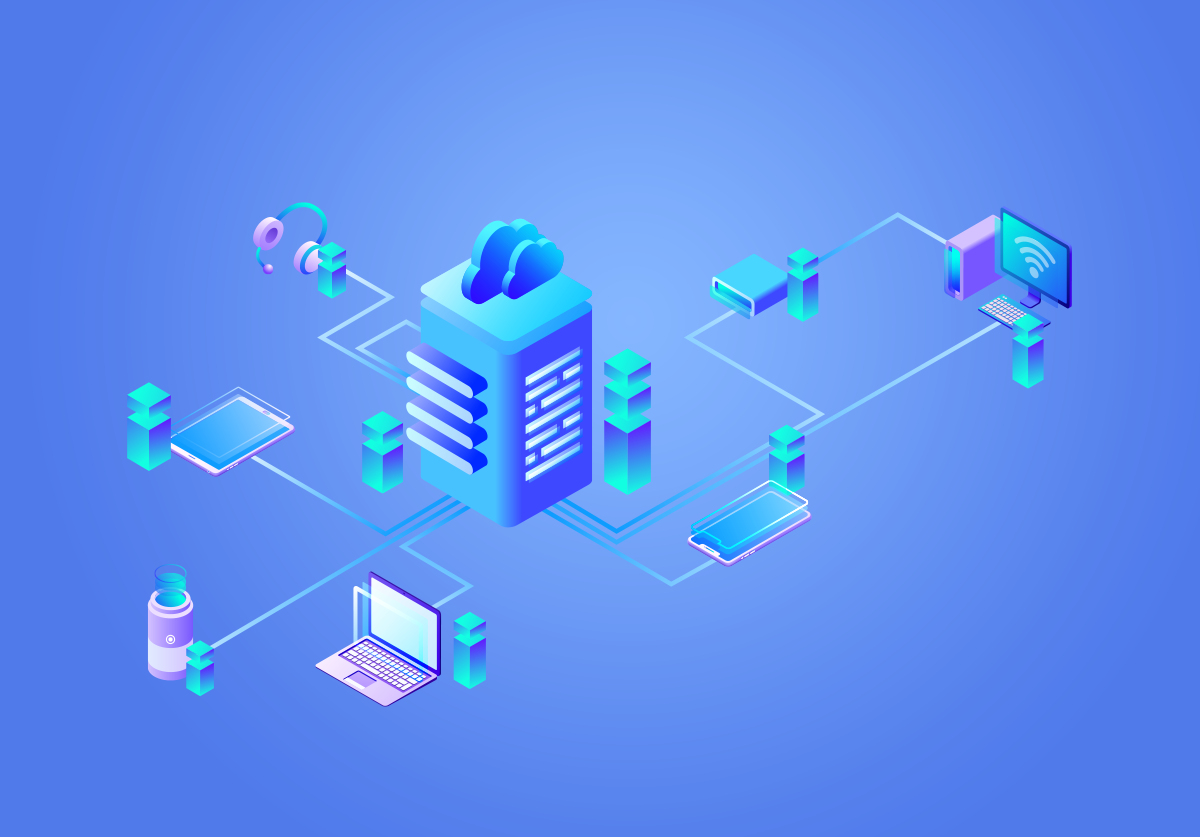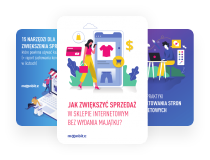Internet of Things and wearables. Discover the trend being talked about.
Internet of Things is one of those trends that everyone is talking about but at the same time that is somewhat abstract for regular users. Although a lot of people at some point came across that concept in real life, they likely are not aware of all the bits and bobs that IoT involves.

IoT along with blockchain and augmented reality is a trend that was solidly present in the tech industry for the past few years. This concept is slowly but steadily is changing the way regular users expect the new technology to behave and fit into their lives. Every new gadget has to be a “smart” one and be compatible with smartphones and other mobile devices’ operating systems. It creates a lot of new opportunities for technology development and improvement of users’ everyday life.
What is IoT?
Internet of Things is a concept according to which devices connected within one network can collect, share and process data. The most common and simple example to understand is a wearable tracker. The small device monitors a defined body activity (running, swimming or sleeping) and collects the statistics that can be accessed on the smartphone. The data then can be managed in a way that will affect the functioning of the smart device which creates a two-sided flow of information.
The IoT network consists of 4 main components:
-
Hardware - devices connected to the network. Both the smartphone and the tracker from the previous example are the hardware of the IoT. Smartphones nowadays had evolved to the stage where they are able of transmitting and detecting signals and connecting to other devices with the help of Bluetooth or NFC technology. With the help of sensors, devices can convert external information like the body movement or temperature into the data that can be processed by the receiving device.
-
Software - programs that help devices define the collected data and process it. The main purpose of the software is to effectively communicate with the user, present the information and control the devices within the network.
-
Gateway - bridge that connects the hardware into a common network. Gateway helps to collect the data from one device and transmit it to another. Also, it adds a level of security to protect the system and passed on data.
-
Cloud - system that stores data collected by the hardware. Companies can easily access the information to manage and analyze it to help them improve their products and services.
These elements combined create an ecosystem that helps users to control smart devices or whole systems from a distance. The IoT finds its applications not only in users’ everyday life but also in healthcare, agriculture, retail, and transportation industries.
Why mobile apps?
The future of IoT is closely tied to smartphones. According to the report from Hootsuite and We are Social there are 5,1 billion unique mobile users which shows how big of a role smartphones play in the life of regular users. Besides that, mobile devices are the perfect way to connect users to other devices. People prefer on-the-go solutions that allow them to complete everyday tasks quickly and efficiently. Therefore, mobile apps are the perfect form of software that can be easily accessed through the smartphone.


